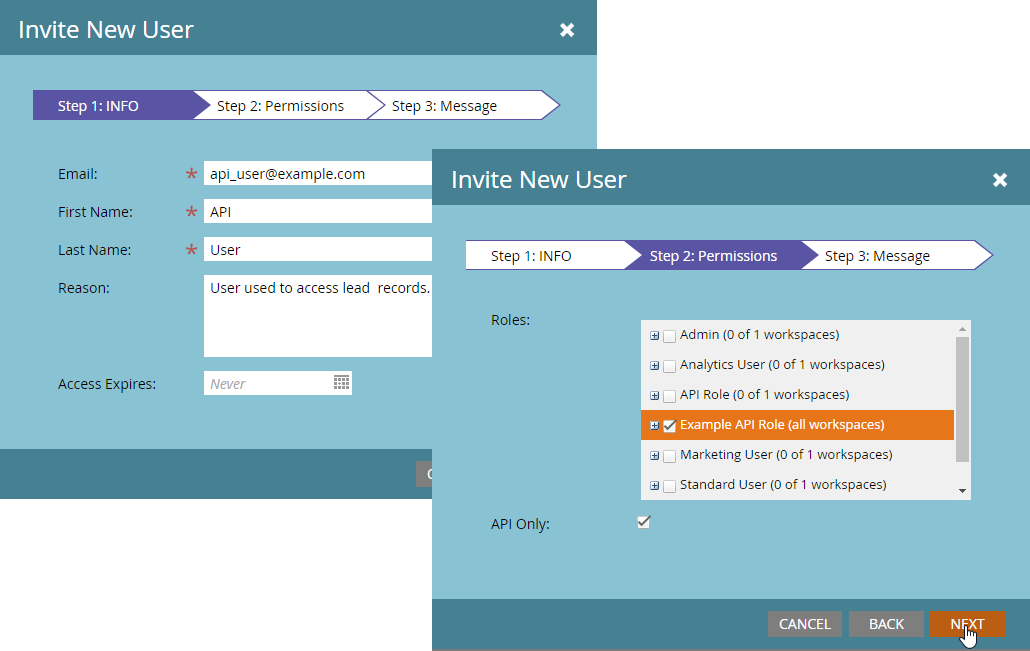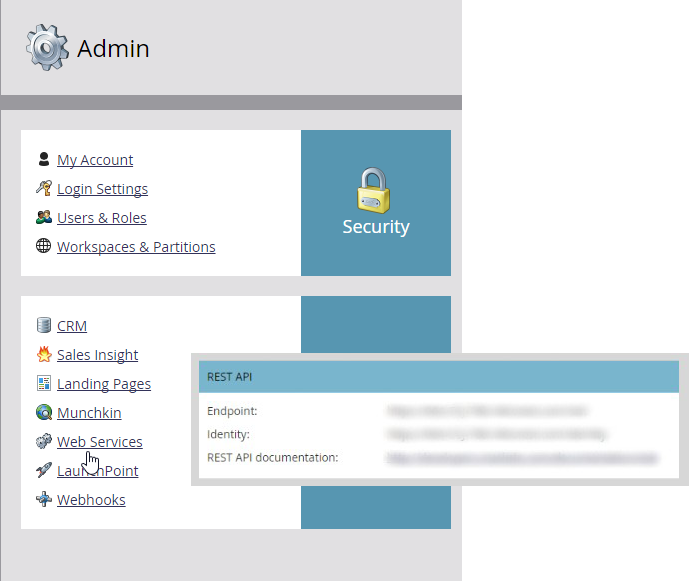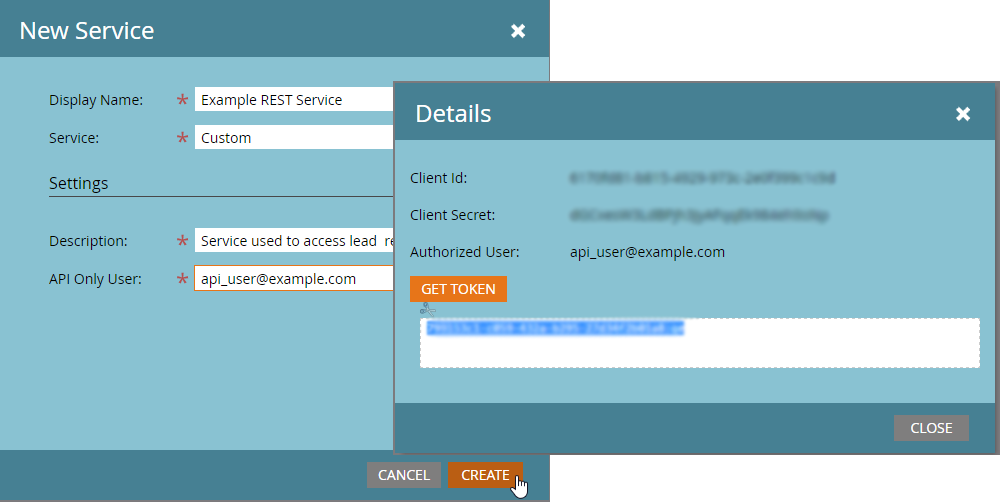Overview
Leveraging the Marketo Engage API allows teams to extend the capabilities of Marketo e.g bulk extracts, and focus on predominant tasks for increasing marketing ops maturity.
The Rest API can be used to get activity data out of Maketo into another tool, and vice versa e.g from Marketo into a BI (business insights) tool to create reports and dashboards or back and forth between Marketo and Salesforce.
What is an API?
An API is a way for external platforms to access and interact with Marketo data and is an alternative to using the native user interface. Consider using an API for:
- Bulk extract and imports, and other high volume data tasks that aren’t capable in Marketo
- Connecting a webinar provider to your webinar campaigns
- Creating an object record
- Reading information about the object
- Retrieving all object records that match specific criteria
- Making updates to existing object records
Why should companies export data via an API?
- The major benefit to leveraging an API would be that it’s automated and consistent, leaving no room for human input (and error).
- API’s save time, once set up, the MOPs practitioner isn’t spending their time worrying about exporting data, or transferring records.
- API’s protect systems, so if someone leaves the company the process doesn’t stop.
- API’s are faster – an API can make updates to large sets of person and person related data a lot quicker than MOPs personnel.
When should a company utilize the Marketo API?
A repetitive, or even monotonous task that takes up a lot of time would be the perfect candidate for leveraging an API. Some examples include:
- Data exports
- Data cleaning reports
- Data value changes
- Updating cleaned lists
- Firing off frequent emails e.g congrats on the promotion.
- High volume tasks like transferring records to a data warehouse
How can companies begin utilizing REST API?
In order to set up an API, a user with Admin permissions must create an API user with API permission, and set up a LaunchPoint user that will allow the API to exchange data from Marketo.
Admin > Users and Roles > New User > Create API user in Mkto > Select API only role > Web services- get endpoint, identity, etc > Create a launch point > Get API keys, Client Id and Client Secret.



Some limitations to consider:
- Every Marketo instance has a limit on how many API calls they can make a day.
- Safely storing API keys, Client ID and Client Secret are critical. Mishandling this information can be dangerous.
- Errors (nothing is without errors) – marketing ops team can review errors in web services.
Who should set up the API?
A Marketo admin with the right user role, who can create the API user, and Launchpoint.
Conclusion
From creating programs to bulk lead import, there are a large number of options which allow fine-grained control of a Marketo instance. Leveraging an API to automate the exchange of data will increase data availability, reduce errors, and improve team efficiency as it allows them to take more meaningful action.







